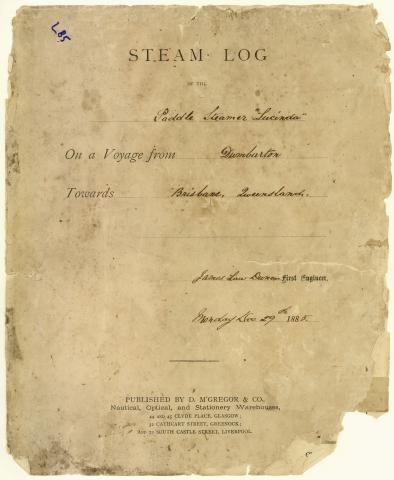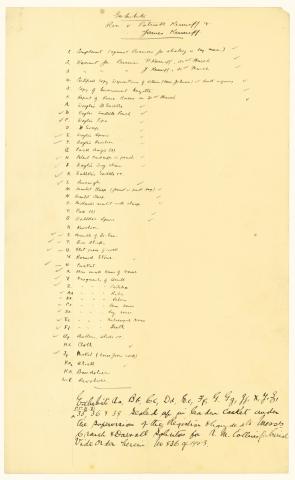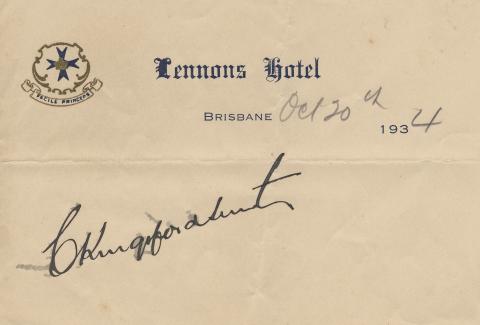
- Background
-
Following the election of 16 new members in 1893, Labor emerged as the largest opposition party in the Queensland Parliament. This very strength nevertheless created a great deal of uncertainty, for although a number of Labor politicians believed the party should strive to seek power of its own accord, many others felt that it was safer to form a political alliance.
One of the latter was Andrew (Anderson) Dawson from Charters Towers who had been among those who entered parliament in 1893. Dissension, however, also arose within conservative ranks after the sudden death of popular Premier T. J. Byrnes in September 1898. The choice of James Dickson as Byrne's successor was not a popular one even though his government gained 43 seats in the 1899 election as opposed to Labor's 21. Elevated to his own party's leadership ini May 1899, Dawson skilfully capitalised on the rift within the government.
Pressured on all fronts, Dickson resigned as Premier in November 1899 and recommended to Lieutenant-Governor Griffith that he should call on Dawson to form the new government. It appears Dawson convinced Griffith that he had sufficient support to govern, with his ministry being sworn in on 1 December. As Griffith soon discovered, the supposed defections from the government were only a ploy to remove Dickson. Within days Sir Robert Philp was elected leader of the conservatives and defectors quickly returned to the fold leaving the new Labor government in an untenable position.
Dawson announced the resignation of his ministry on 5 December, with the Philp government taking office two days later. The first Labor government in the world had thus come to an abrupt end, and it was not until 1915 that the party was finally able to regain office in its own right.



